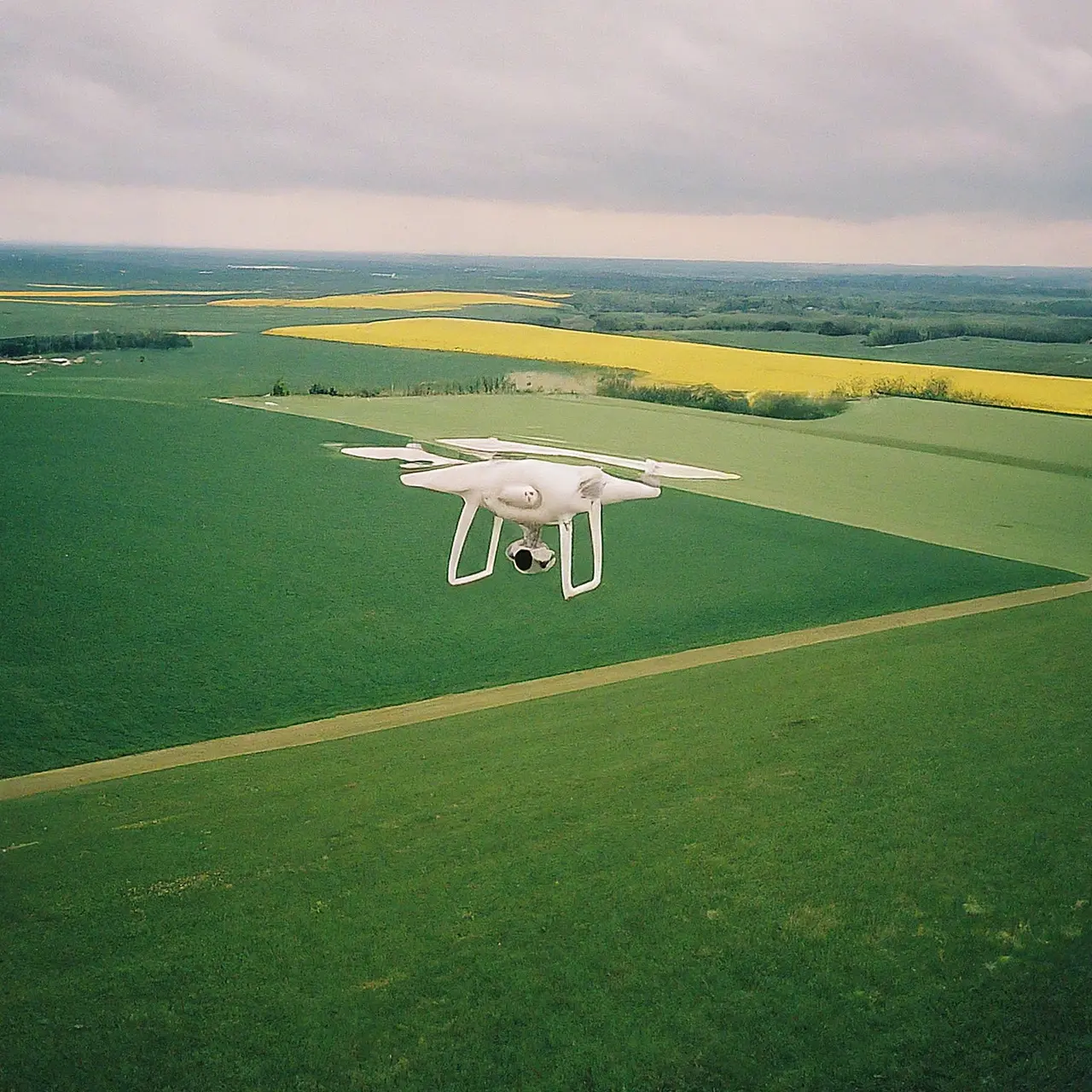
A Beginners Guide to Implementing Agricultural Drone Services in Your Farming Operations
Share
Embracing innovation in farming is no longer a luxury but a necessity. As you sow the seeds for tomorrow’s harvest, have you considered the sky-high potential of agricultural drone services? This guide is your first step into an era where precision farming isn’t just a buzzword—it’s your competitive edge.
Understanding the Basics of Agricultural Drone Services
Agricultural drone services represent a seismic shift in how farming operations are conducted. At its core, this technology leverages unmanned aerial vehicles (UAVs) to perform tasks from aerial surveys to crop health assessment. But what makes drones truly transformative is their ability to gather detailed data—data that informs better decision-making on everything from planting to harvesting.
Getting started requires understanding the types of drones available and their respective capabilities. Fixed-wing drones, for instance, cover large areas quickly, making them ideal for vast commercial farms. Multirotor drones, however, excel in precision tasks, such as targeted spraying, thanks to their stability and maneuverability.
Benefits of Integrating Drones into Farming Practices
One of the primary benefits of integrating drones is the enhanced efficiency they bring to the table. From pinpointing problem areas in crops to more accurate yield predictions, drones save time and resources. They reduce the need for manual labor in difficult-to-reach areas and minimize the time spent on routine monitoring tasks.
Moreover, drones play a pivotal role in sustainable farming. By providing precise data, they allow for targeted pesticide and fertilizer application—resulting in less environmental impact. The ethos of ‘doing more with less’ is perfectly encapsulated by the use of drones in farming.
Improved crop health monitoring through drones’ advanced imaging technology can lead to early disease detection, fundamentally changing the dynamics of crop management and protection. The ability to address issues quickly and efficiently can significantly enhance crop yields.
Planning Your Agricultural Drone Implementation
Embarking on drone implementation requires meticulous planning and a clear set of objectives. Start by identifying the specific needs of your farming operation that drones can address. Is it crop monitoring, soil health assessment, or perhaps irrigation management?
Securing the right equipment is crucial. Research drone models to find one that aligns with your operational goals and budget constraints. Additionally, ensuring your team is adequately trained to operate and maintain these drones is vital for both safety and efficiency.
Collaboration with local authorities and understanding the legal framework surrounding drone operations cannot be overstated. This ensures compliance and avoids potential legal hurdles.
Compliance and Safety Tips for Drone Farming
Navigating the regulatory landscape of drone usage in agriculture is paramount. Familiarize yourself with Federal Aviation Administration (FAA) regulations or equivalent authorities in your country. This includes drone registration and pilot certification requirements.
Ensuring safety in drone operations involves routine equipment checks and adhering to flight protocols. Establish safety procedures for both operators and bystanders to minimise risks. Respect for privacy and avoiding no-fly zones are also critical considerations.
Case Studies: Success Stories in Agricultural Drone Usage
Among the numerous success stories of agricultural drone services, one stands out: a mid-western farm in the United States that saw a 20% increase in yield after implementing drone technology. This was achieved through optimized planting strategies and early detection of irrigation issues.
Another inspiring case comes from a vineyard in France. The owners used drones for aerial surveillance, leading to precise disease management and a significant reduction in chemical usage, aligning with their goals for sustainable vineyard management.
From the basics of drone technology to the inspiring stories of farms transformed, we’ve covered essential ground on agricultural drone services. As the sun sets on traditional farming practices, may the insights from this guide help you navigate the new dawn of agriculture with confidence and curiosity. Remember, the future of farming isn’t just about working harder, but smarter—with drones leading the way.

